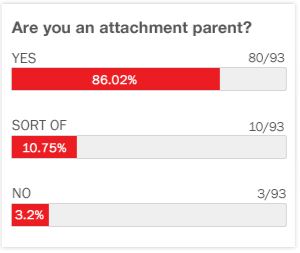
As parents grow more aware of environmental concerns, more comprehensive steps must be taken to ensure home safety. No longer limited to cleaning supplies and well-known hazardous household chemicals, potentially dangerous toxins are now observed in everything from food and water to air quality and even furniture. Here is a list of nine ways to detect and avoid introducing harmful toxins into your home.
- Eat organic. Organically grown produce and dairy products are free of herbicides, pesticides, and other potentially harmful chemicals. Non-organic produce is likely one of the most common ways toxins make their way into the home.
- Use plastic appropriately. According to Dr. Leonardo Trasande, plastics numbered 3, 6, and 7 have chemicals that, while not proven to be dangerous, may be of some concern. He discourages microwaving food in plastic containers as this may cause chemicals to leech into the food. In addition, plastic food containers should not be washed in dishwashers, as this could cause abrasions in the plastic that could also contaminate food.
- Keep your water safe. Gigi Chang, the former CEO of Healthy Child Healthy World, encourages using carbon filters on house water to help block contaminants. While effective, for more thorough removal of chemicals, metals, and organisms, a reverse osmosis water purifier should be used. As skin is a large absorbent organ, water filtration systems should also be used on bathroom faucets and showerheads for bathing.
- Keep your air clean. Gigi Chang also advises proper air circulation and filtration. Keeping houseplants and using a hyper-filtration vacuum may help keep air free from potentially harmful particulates. In addition, the use of kitchen and bathroom ventilation and opening windows helps with air circulation.
- Choose non-toxic cleaning products. Cleaning products may help clean dirt in the home, but may also cause exposure to harmful chemicals through skin contact and inhalation. Choose non-toxic or chemical-free products for both surface cleaners and laundry detergents.
- Use non-toxic cookware. Non-stick cookware is popular and convenient. Teflon however, one of the more widely used non-stick elements, is toxic and can set off gas when heated. Using non-teflon cookware such as seasoned cast iron or stainless steel aids in avoiding toxins.
- Use natural cosmetics. Products such as lipstick and items with synthetic fragrances may contain lead or other potentially harmful chemicals. Reading the label and looking for natural or “lead free” ingredients will help avoid exposure.
- Test your home for lead. Tamara Rubin, the Executive Director of Lead Safe America Foundation, suggests either purchasing an in-home testing kit from the hardware store to address any lead contamination concerns. If a more thorough test is desired, a professional lead hazard assessment service can be contacted.
- Take off your shoes. Walking across various surfaces, shoes and feet come in contact with the outside environment more than any other part of the body. Throughout the course of a day, shoes may come in contact with petroleum waste, asphalt, tar, fertilizers, and various other toxic chemicals. Taking shoes off helps isolate any particular toxins and prevents them from entering the home.











We just tested our home for lead and I would strongly encourage all parents especially those with young children to do the same
I didn't realize how many toxins were in our house until I really start going through our cleaning supplies and researching the negative effects of some of them.
My wife has us eating organic food and I have realized how much better I feel in general because of it.
You also have to be careful of what laundry detergent you use because your child might be allergic to it
Carbon filters are super helpful and I think every family should have one.